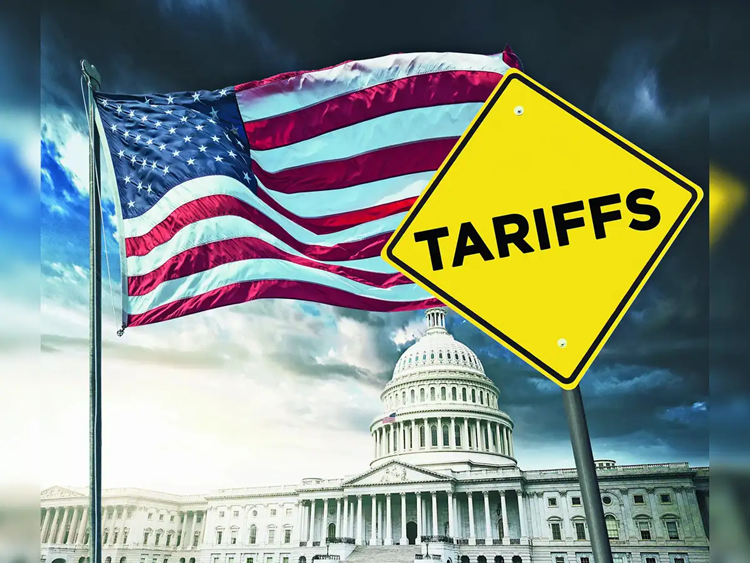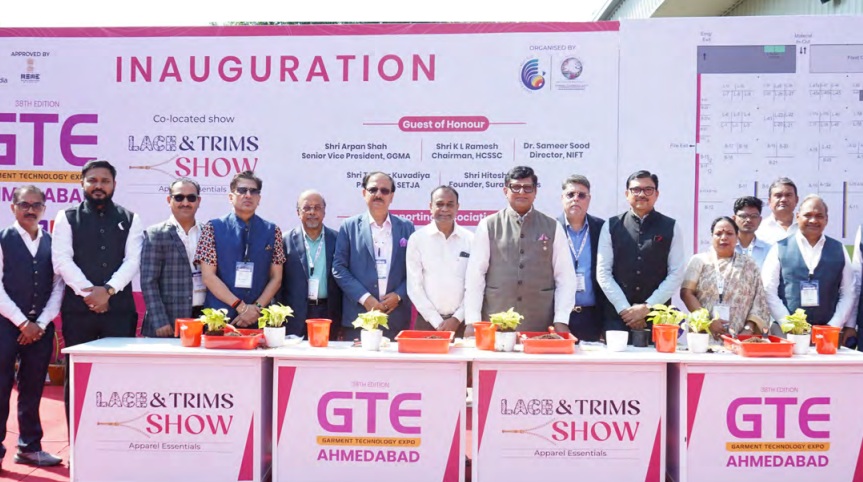
The Union government has just unveiled its ambitious Textile Policy for 2024, aiming to revitalize the nation's textile industry and propel it to new heights. The policy, with its focus on technology, sustainability, and labor-intensive growth, has been met with a mix of optimism and cautious scrutiny by industry players and trade bodies.
Policy highlights
The policy's core objective is to transform India into a global textile powerhouse by increasing textile production to $350 billion by 2030; achieving $100 billion in textile exports by 2030; creating 10 million new jobs in the textile sector by 2025.
Table: Textile industry performance
|
Year |
Production ($ bn) |
Exports ($ bn) |
Employment (mn) |
|
2023 |
$150 |
$40 |
45 |
|
2030 (Target) |
$350 |
$100 |
55 |
To achieve these targets several initiatives have been introduced viz:
Financial incentives: Capital subsidies ranging from 10 per cent to 35 per cent for investments in manufacturing with the maximum amount capped at Rs 100 crores. Credit-linked interest subsidies are available for labour-intensive units at 7 to 8 per cent for up to eight years, with an annual cap of 3 per cent.
Technical textiles in the forefront: Promotion of technical textiles, including clothing and apparel, through research and development grants and infrastructure support. Focus on traditional manufacturing processes which includes various stages of textile production, such as spinning, weaving, dyeing, and finishing.
Focus on labour-intensive units: The policy prioritizes labour-intensive units, defined as new industrial units employing at least 4,000 registered individuals under the Employee Provident Fund (EPF) scheme, including a minimum of 1,000 women. These units can receive capital subsidies of 25 to 35 per cent, capped at Rs 150 crores, and are eligible for credit-linked interest subsidies of 7 per cent to 8 per cent for up to 8 years.
Sustainability: Emphasis on reducing the industry's environmental footprint through incentives for water and energy conservation and adoption of green technologies.
Skill development: Upskilling the workforce through training programs and educational initiatives to meet the demands of a modern textile industry.
Infrastructure development: Creation of textile parks and mega clusters to provide state-of-the-art facilities and attract investments.
Table: Capital subsidy structure
|
Taluka Category |
Activity |
Subsidy (%) |
Cap (Rs crores) |
|
A |
Weaving, Dyeing |
10 |
50 |
|
B |
Garmenting |
20 |
75 |
|
C |
Technical Textiles |
35 |
100 |
Industry welcomes new policy
The textile industry has largely welcomed the new policy, as they believe it is a positive step towards strengthening the sector. Confederation of Indian Textile Industry (CITI) chairman, T Rajkumar says, "The new textile policy is a comprehensive document that addresses the key challenges faced by the industry. The focus on technology upgradation, skill development, and sustainability is commendable.” On similar lines, Rahul Mehta, Chief Mentor, Clothing Manufacturers Association of India (CMAI) points out “The incentives for labour-intensive units will encourage employment generation and boost domestic manufacturing."
However, some experts look at it objectively and as they say there is lack of clarity on implementation. They are concerned about the lack of specific details on how the policy will be implemented, particularly regarding the disbursement of subsidies and the timeline for various initiatives. Moreover, the policy's success hinges on the availability of adequate infrastructure, including reliable power supply, efficient transportation networks, and skilled labor and these segments need government’s focus at the moment. India also faces stiff competition from countries like Bangladesh and Vietnam, which offer lower labor costs and preferential trade agreements hence there is a need to put in place FTAs and trade agreements.
India’s textile policy 2024 has the potential to transform the sector and contribute significantly to the country's economic growth. However, its success will depend on the government's ability to implement it despite challenges and ensure the benefits reach all segments of the industry. By fostering innovation, promoting sustainability, and enhancing the skills, India can solidify its position as a global textile powerhouse.












